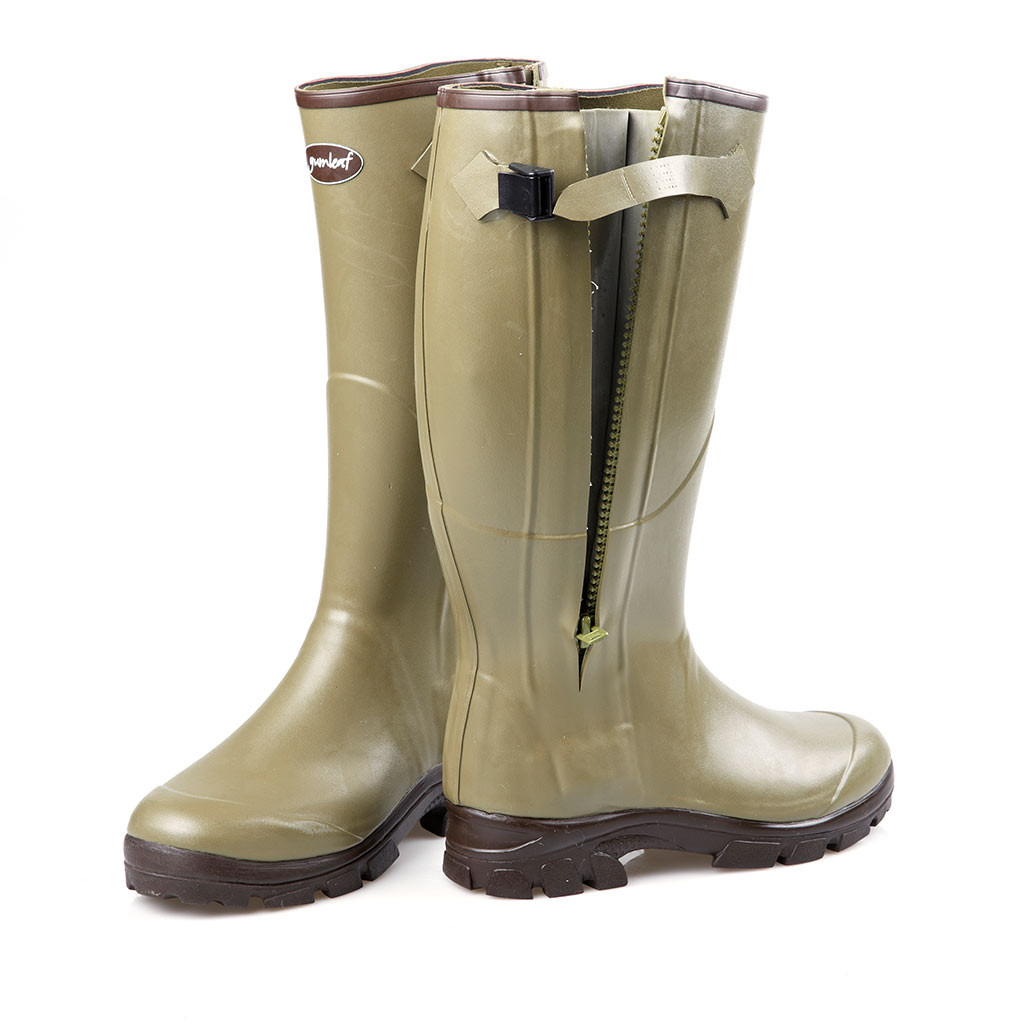Landscape Boots for Outdoor Work

When it comes to working outdoors, whether it’s in construction, agriculture, or any other field that requires spending time in the elements, the right footwear can make all the difference. Landscape boots, designed specifically for outdoor work, are a crucial investment for anyone who spends their days navigating uneven terrain, dealing with unpredictable weather, and performing physically demanding tasks. The key to selecting the right pair of landscape boots is understanding the unique challenges of outdoor work and how the right footwear can mitigate those challenges.
Understanding the Challenges of Outdoor Work
Outdoor work presents a myriad of challenges, from navigating slippery surfaces to dealing with extreme temperatures. The terrain can be unforgiving, with uneven ground, mud, and water posing significant hazards. Moreover, the physical demands of outdoor work, such as lifting, carrying, and standing for long periods, can be exhausting. Adding to these challenges is the unpredictability of the weather; workers must be prepared to face rain, snow, heat, and cold, often in the same day.
Essential Features of Landscape Boots
Given the demanding nature of outdoor work, landscape boots are designed with several essential features to ensure comfort, protection, and performance. These features include:
- Water Resistance: The ability to keep feet dry in wet conditions is crucial. Look for boots with a waterproof membrane, such as Gore-Tex or similar technology, to prevent water from penetrating the boot.
- Traction and Grip: A good grip is essential for preventing slips and falls on uneven or slippery surfaces. Boots with deep treads and specialized outsoles designed for traction can significantly reduce the risk of accidents.
- Insulation and Breathability: Insulation keeps feet warm in cold conditions, while breathability ensures that moisture can escape, preventing the buildup of sweat that can lead to discomfort and blisters.
- Ankle Support: High ankles provide additional support and protection from twists and strains, common injuries in outdoor work environments.
- Durability: Outdoor work is tough on boots, so they need to be made from durable materials that can withstand the rigors of daily use.
Types of Landscape Boots
The market offers a variety of landscape boots tailored to different needs and environments. Understanding the specific demands of your job can help in selecting the right type of boot. For example:
- Steel-Toe Boots: These are essential for workers who are at risk of heavy objects falling on their feet. The steel toe cap provides protection against crushing injuries.
- Chelsea Boots: Preferable for workers who need to move quickly and easily, Chelsea boots are more flexible and often lighter, making them ideal for jobs that require agility.
- Wellington Boots: Also known as wellies, these are perfect for wet and muddy conditions. They are usually made of rubber and can be easily cleaned, making them a practical choice for farmworkers or landscapers.
Choosing the Right Landscape Boots
Selecting the right pair of landscape boots involves considering several factors, including the specific demands of your job, the environment you work in, and personal preferences regarding comfort and fit. Here are some tips to keep in mind:
- Assess Your Work Environment: Different terrains and conditions require different types of boots. For instance, boots with aggressive tread patterns are best for muddy or slippery surfaces.
- Consider the Season: If you work in an area with distinct seasons, you may need boots that can adapt to different weather conditions. Insulated boots are great for cold weather, while breathable, moisture-wicking boots are better for warmer conditions.
- Prioritize Comfort: Boots that fit well and provide adequate cushioning can make a significant difference in comfort levels over a long day of work.
- Look for Certifications: Boots that meet certain safety standards, such as those set by OSHA, can provide an additional layer of protection.
Maintenance and Care
To extend the life of your landscape boots, regular maintenance is key. This includes:
- Cleaning: Regularly clean your boots to remove dirt and debris that can deteriorate the materials.
- Conditioning: For leather boots, applying a conditioner can help maintain the leather’s integrity and waterproofing.
- Storage: Store your boots in a dry, cool place. Avoid stacking them, as this can cause unnecessary pressure on the materials.
Conclusion
Landscape boots are not just a piece of protective gear; they are an investment in comfort, safety, and performance. By understanding the unique demands of outdoor work and selecting boots that meet those needs, workers can significantly enhance their working experience. Whether you’re a seasoned professional or just starting out, the right pair of landscape boots can be the difference between a long, satisfying career and one marred by discomfort and injury.
What are the most important features to look for in landscape boots?
+The most important features include water resistance, good traction, insulation, breathability, ankle support, and durability. These features ensure that the boots can protect your feet from various hazards and provide comfort during long work hours.
How often should I replace my landscape boots?
+The lifespan of landscape boots depends on usage and conditions. Generally, if you notice significant wear, such as the soles becoming smooth, the waterproofing failing, or the upper materials cracking, it’s time to consider replacing them. Regular maintenance can help extend their life.
Can I use landscape boots for other activities?
+While landscape boots are designed for work, they can be versatile. However, their durability and protective features might make them less ideal for casual wear or certain sports. They can, however, be great for hiking or other outdoor activities that require sturdy footwear.



